Equipment
BGT’s Stability putter shaft: Real numbers, real improvement
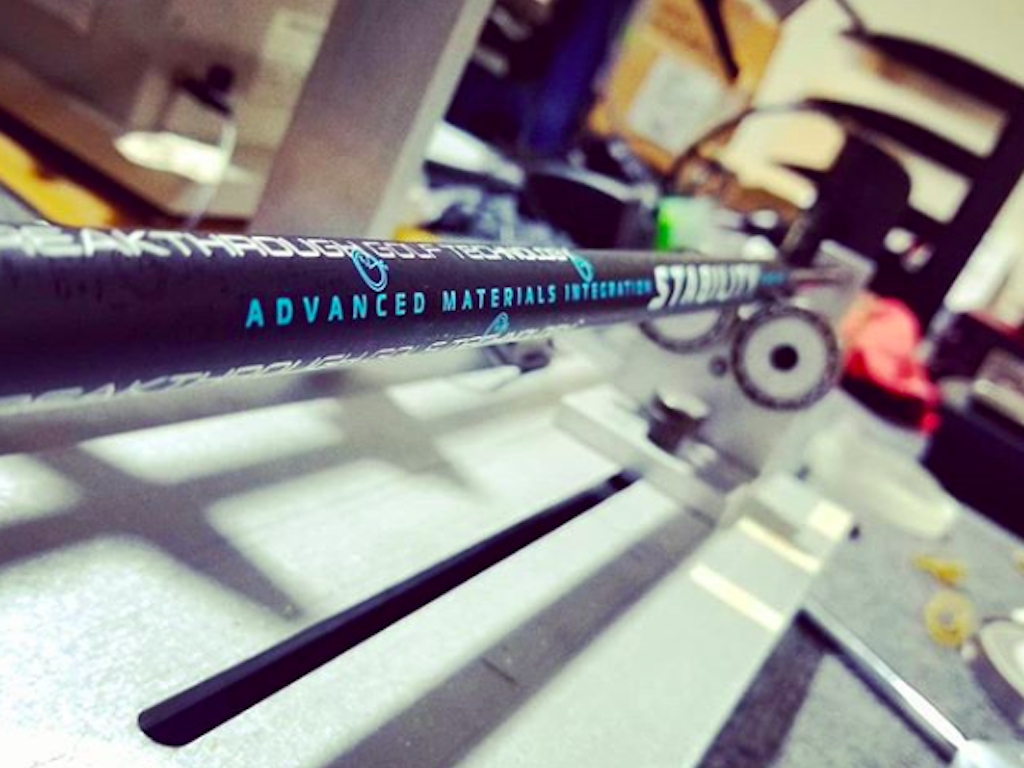
What do you get when you take a collection of experienced, hard-working, talented, golf industry minds, and bring them together with an idea to revolutionize a part of the game that has been overlooked for far too long? You get Breakthrough Golf Technology (BGT) and the Stability putter shaft.
Let me be up front: As a professional club builder, and a guy with a putter I was fit for and love, the idea of changing an integral part of that club was something I was unsure about. But it was obvious five minutes into meeting Blair Philip (my fitter and VP of R&D) and the rest of the BGT Team, I could trust them with building anything, especially my putter.
What BGT has come up within the Stability Shaft is a product that delivers results for golfers of all skill levels looking to improve both feel and consistency with the one club they use on every hole–the Putter. And who doesn’t want to be a more consistent putter? They achieve this with the Stability through a multi-material design that has lower torque, deflection, and stiffer flex than any putter shaft on the market. What is also very smart about the design is that thanks to some clever engineering, it can easily be retrofitted to your existing putter by an experienced club builder, or you can have it sent right to the BGT HQ to get retrofitted.
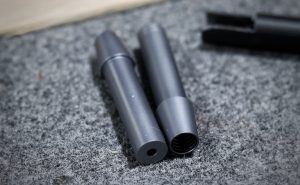
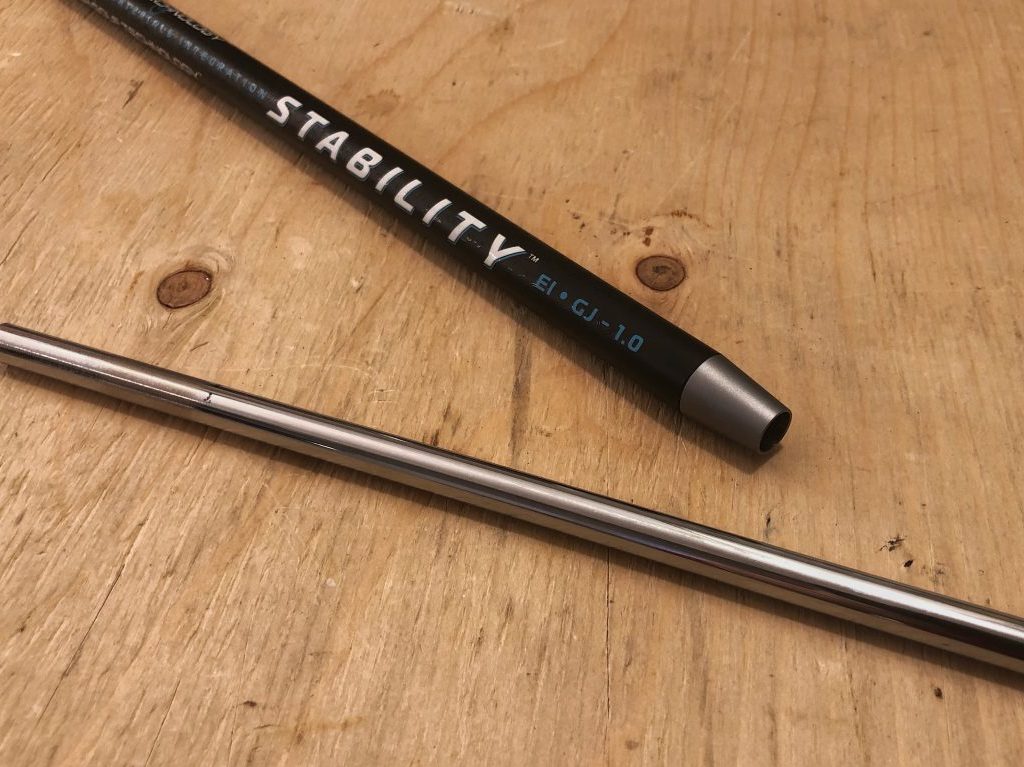
How the Stability Shaft works
The shaft is made up of four parts
- The bottom steel shaft portion that connects to the putter head: It’s either a completely new shaft OR, it is the small amount of shaft remaining above the head from the existing shaft that was already in the putter. This is how BGT retrofits putters with double bends by cutting above the bend and then attaching the Stability Shaft to the tip of the existing club with the adapter. For 99% of putters without a double bend – the whole shaft is assembled from scratch.
- The aluminum connector: This piece at the bottom of the graphite section allows for the universal fitting of almost any putter imaginable and is five times stiffer than steel. YES, five times! When talking to the builders at BGT, they haven’t met a putter they couldn’t install the shaft into.
- The shaft itself: A graphite shaft built to parallel .600″ all the way down (same diameter as the butt section of a standard shaft), which also means it won’t distort your favorite grip. Compiled of eight layers, strategically wrapped to exacting specs for straightness and stiffness. The builders and R&D team at BGT check EVERY SINGLE shaft for straightness once it arrives from their manufacturing facility (see below tool).


- The aluminum shaft insert: Developed through finite element analysis the insert is only 22g and is positioned to both reinforce the graphite at the exact spot of maximum potential deflection and further reduce any vibration to optimize feel.
All of these parts working together create the Stability Shaft.

Stability Shaft fitting and numbers
For all its testing and fitting BGT utilizes Quintic Ball Roll – the “Trackman of Putting.” With a high-speed camera shooting at 720 frames-per-second, it allows for a multitude of parameters including: face angle, face rotation, twist at impact, ball speed, club head speed, angle of attack, shaft lean, lie angle, low point, ball roll, spin, spin axis (side spin), skid and more. Below is a representation of my initial testing with my Ping ZB vs. the same putter built to the same specs with the Stability

Pre & Post Stability Number Comparisons
So what does it all really mean?
To quote my fitter Blair after initial testing, “those are some really good numbers there!” Now, to be fair, like I said before, this is a putter I was fit for (NOT using Quintic) BUT I have used the system extensively in the past and have conducted fittings for others using the system. Just like with a driver, it’s possible to optimize your putter for less skid and more/faster forward roll, with the right club and proper technique. Looking at the numbers, there are few things that stand out including an improvement on all key performance factors.
Ball Speed Range (distance control) dropped. Being able to control distance is an important factor in making more putts. The numbers don’t, at first glance, appear to be enormous, but if you think about the time spent trying to “max” out a driver getting more consistent results, when you break down the actual numbers is a just below 18 percent. On a putt over 15 feet, that could mean catching an edge or missing high or low on the break. If there is one thing I struggle with during a round of golf, it’s distance control and having the numbers to prove that the Stability helps with that was a big confidence boost.
My ability to return the putter to square. The reason the data appears to show the opposite is because, like many, I have an aim bias (I knew I had it before the fitting), and Blair quickly identified during the fitting process. From Blair: “The steel putter face angle was closer to “square” but if you add the concept that we identified about a one-inch right aim bias the Stability Shaft actually returned the face closer to the line at the point of impact.” Armed with the knowledge of my aim bias, and equipped with the new tools, setting up on line becomes easier, and as a result, will help improve my mid-length putts – that valuable 15-foot range. One extra made putt per round adds up quickly.
Impact Ratio. This is the smash factor of putting and it was another piece of the puzzle that was improved during the fitting: 20 percent to be exact (from a 0.50 range to a 0.40 range). As the impact ratio shrinks, range shrinks, then putts and distance control from all distances continue to get more consistent. These percentages are a big jump from changing one component of a golf club, and as I will get to, these percentage improvements are starting to add up.
Zero Skid Length. This metric is just like what it sounds like. The length at which zero skid occurs and the ball starts to roll forward. With steel, I reached zero skid at an average of 20.5,” and with the Stability, the average was 19.17″ AND the range went from 8′ to 5′. Again, another drastic improvement in the statistical advantage.
These are all significant improvements with a putter that I was already putting well with. What’s even more interesting is that when BGT was testing higher / mid handicap players the numbers improve at an even fast rate. The below data demonstrates the improvement in the ability to return the face to square before after having the Stability installed.

So how do BGT and the Stability Shaft help you become a better putter?
Let’s forget putting for a moment (bet you didn’t expect that statement, right?) and let’s talk about performance improvements and what we can do when presented with data and a problem. It’s called the “The Aggregation of Marginal Gains” and it was pioneered by Sir David Brailsford the British cycling coach, MBA, and holder or a degree in Sports Science & Phycology. The theory states “The idea that if you broke down everything you could think of that goes into riding a bike and then improved it by 1 percent, you will get a significant increase when you put them all together” (great interview here from the Harvard Business Review).
Under David’s coaching, starting in 2002 the British Cycling team — a country with only a single gold medal to speak of in over 75 years of competition, won seven out of an available 10 gold medals in track cycling during the 2008 Beijing Olympics. Four years later they matched this success again at the London Olympics! Many other coaches in varying sports have adopted this philosophy with proven success.
BOOM, There you have it! The entire ethos of what the Stability Shaft can do for you and your putting. It’s not about 10 putts on a practice green, and it’s not about the first round you put it into play — it’s about the long-term effects of getting more consistent and measurable results over and over. Just a small sample size of data provided by Quintic proved this for me and extrapolated over the course of a year’s worth of golf is going to add up to some very interesting results, which I am excited to follow up on as the season progresses.
As a golfer focused on performance, and someone that puts a premium on using the right equipment, I never put a new piece of gear into my bag unless I know without a doubt it’s going to be better. Whether it be trying a new grip to changing the hosel setting on a fairway wood, I need to see proof of better. After going through my fitting with Blair at BGT headquarters, having my putter re-shafted and retesting on the Quintic system the Stability PROVES it’s better for me, and I believe that it can prove to be better for you.
Equipment
BK’s Breakdowns: Cameron Young’s winning WITB, 2025 Wyndham Championship

Cameron Young’s WITB from his win at the 2025 Wyndham Championship. Cameron is a Titleist staff player but his bag is definitely filled with some unique clubs. Here are the clubs he used to secure his first PGA Tour win!
Driver: Titleist GT2 (9 degrees, A1 SureFit setting)
Shaft: Mitsubishi Tensei 1K Pro Orange 70 TX
3-wood: Titleist GT3 (15 degrees)
Shaft: Mitsubishi Tensei 1K White 80 TX
Hybrid: Titleist GT2 (21 degrees)
Shaft: Fujikura Ventus HB Black VeloCore+ 10 X
Irons: Titleist T200 (4), Titleist T100 (5), Titleist 631.CY Prototype (6-9)
Shafts: True Temper Dynamic Gold X7 (4-9)
Wedges: Titleist Vokey Design SM10 (48-10F, 52-12F, 56-14F @57), WedgeWorks (60-K* @62)
Shafts: True Temper Dynamic Gold X7
Putter: Scotty Cameron Phantom 9.5 Tour Prototype
Grips: Golf Pride Tour Velvet Cord
Ball: Titleist Pro V1x Prototype
Whats in the Bag
Peter Malnati WITB 2025 (August)
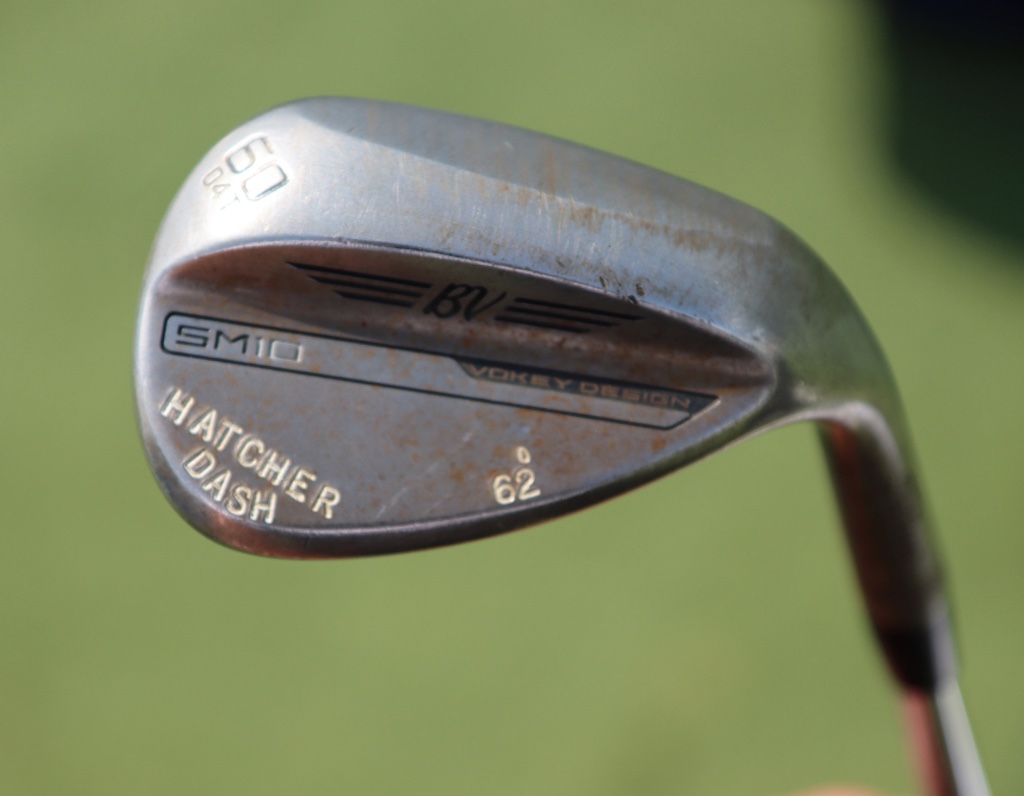
- Peter Malnati what’s in the bag accurate as of the Wyndham Championship. More photos from the event here.
Driver: Titleist GT3 (10 degrees, C2 SureFit setting)
Shaft: Project X Denali Blue 60 TX
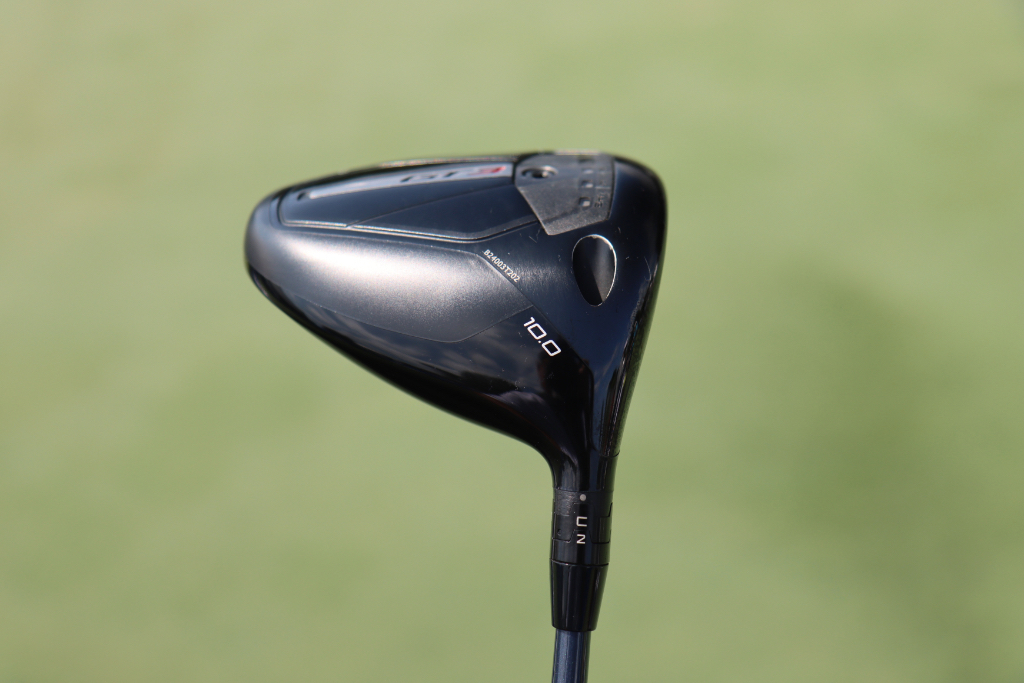

3-wood: Titleist GT3 (15 degrees, A1 SureFit setting)
Shaft: Fujikura Ventus TR Blue 7 X
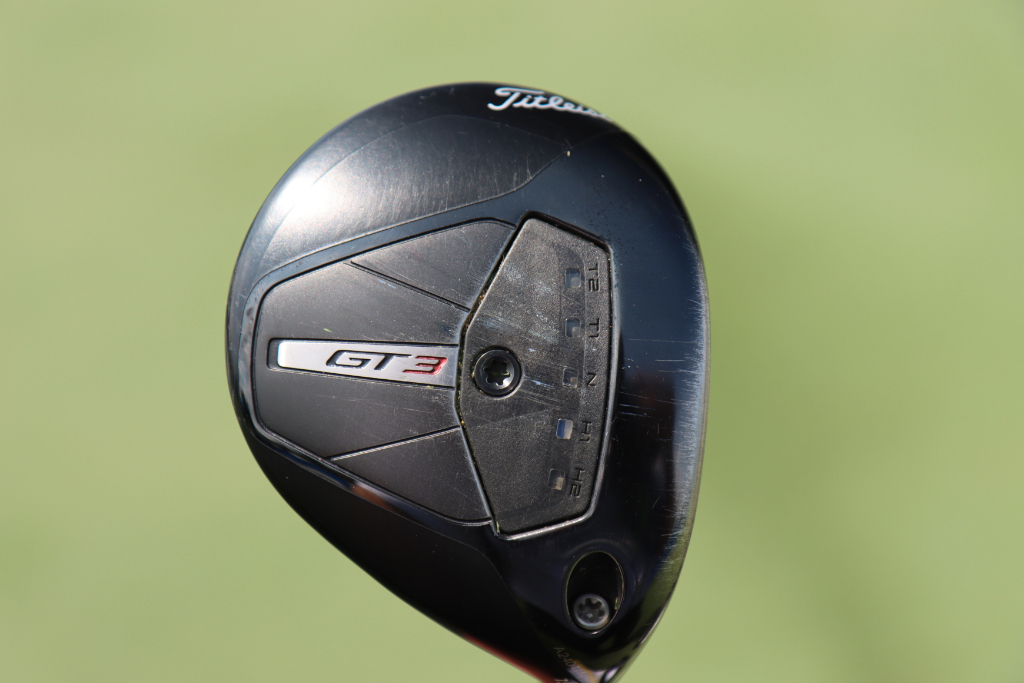
7-wood: Titleist GT2 (21 degrees, D1 SureFit setting)
Shaft: Fujikura Ventus TR Blue 8 X
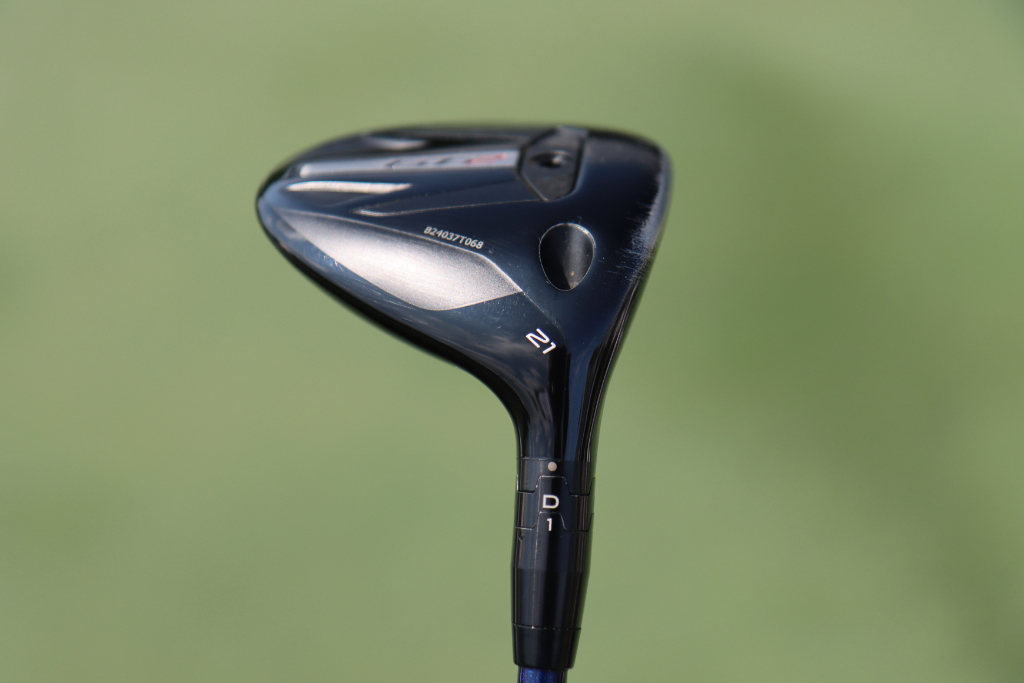
Irons: Titleist T150 (4, 5), Titleist T100 (6-9)
Shafts: True Temper AMT Tour White X100
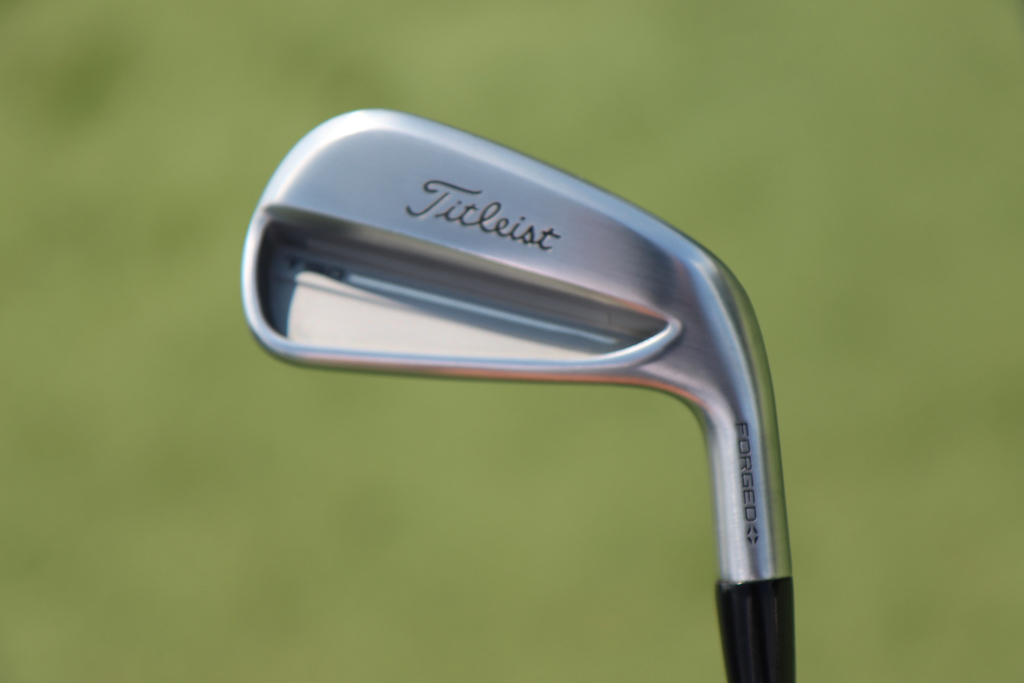
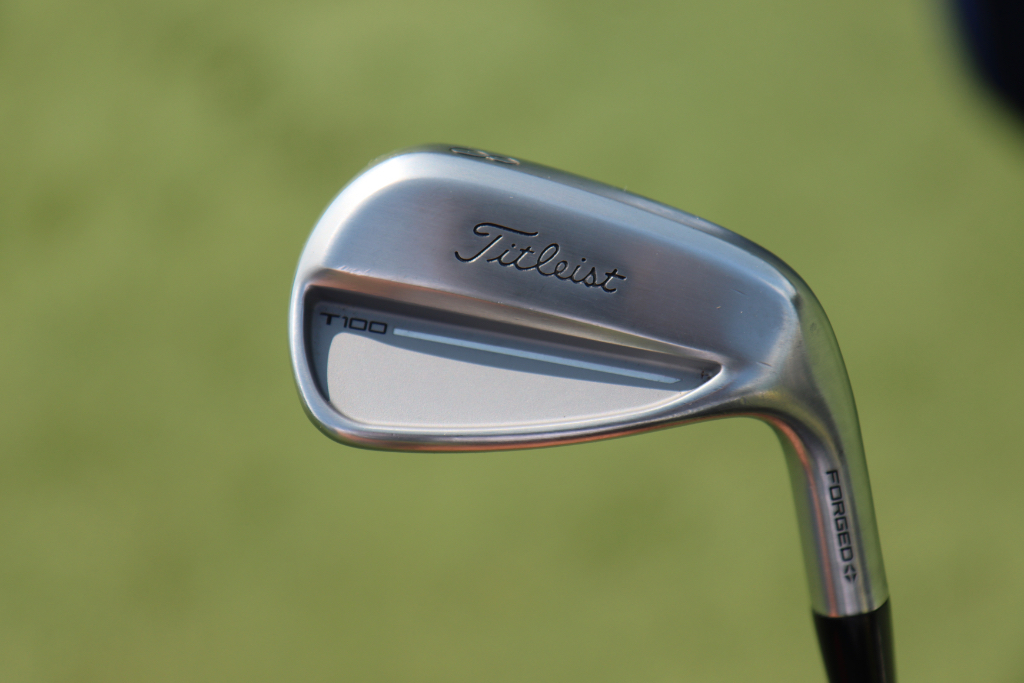
Wedges: Titleist Vokey Design SM10 (48-10F @47, 52-12F, 56-08M @57, 60-04T @62)
Shafts: True Temper Dynamic Gold Tour Issue S400
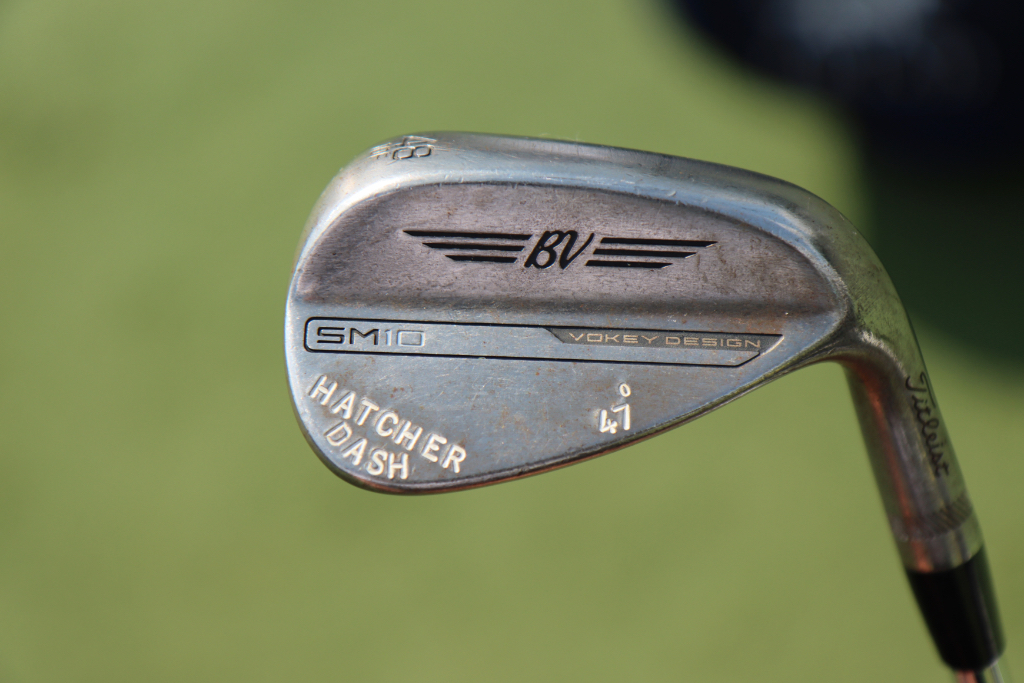
Putter: Scotty Cameron Studio Style Fastback 1.5 Tour Prototype
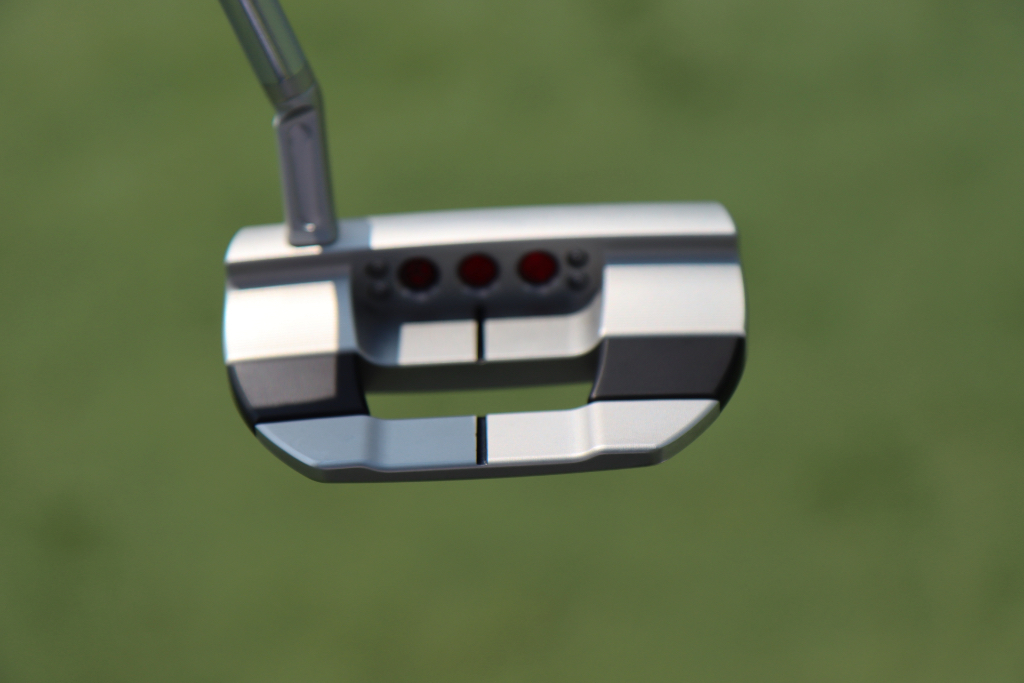
Grips: Golf Pride Tour Velvet
Ball: Titleist Pro V1x Yellow
Equipment
GolfWRX Members Choice presented by 2nd Swing: Best driver of 2025

We’re proud to once again partner with 2nd Swing Golf to bring you GolfWRX Members Choice 2025! 2nd Swing has more than 150,000 new and pre-swung golf clubs available in six store locations and online. Check them out here.

What is the best driver in 2025? At GolfWRX, we take great pride in our online community and the cumulative knowledge and experience of our members. When it comes to the best driver of 2025, we want to know what our forum faithful think.
Since our founding in 2005, the bedrock of GolfWRX.com has been the community of passionate and knowledgeable golfers in our forums, and we put endless trust in the opinions of our GolfWRX members — the most knowledgeable community of golfers on the internet. No other group of golfers in the world tests golf clubs as frequently or as extensively, nor is armed with such in-depth information about the latest technology.
Below are the results of GolfWRX member voting for the 2025 best driver, along with the vote percentage for each club.
Best driver of 2025: The top 5
5. Callaway Elyte Triple Diamond: 6.02%
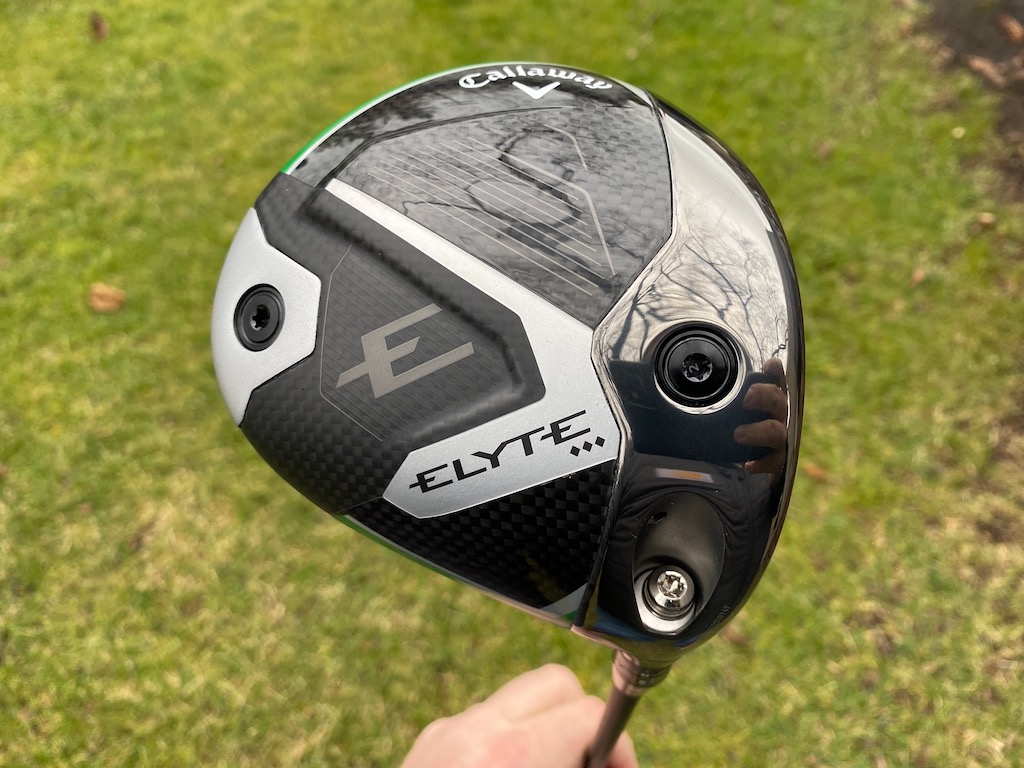
Callaway’s pitch: “For golfers looking for a fast, forgiving, yet workable driver, the Elyte Triple Diamond features a tour-inspired shape and is the preferred model by most Callaway tour players.”
You can read what other golfers are saying about the driver in the GolfWRX forums, and see our launch piece here. Shop the Callaway Elyte Triple Diamond here.
4. Ping G440 Max: 6.86%
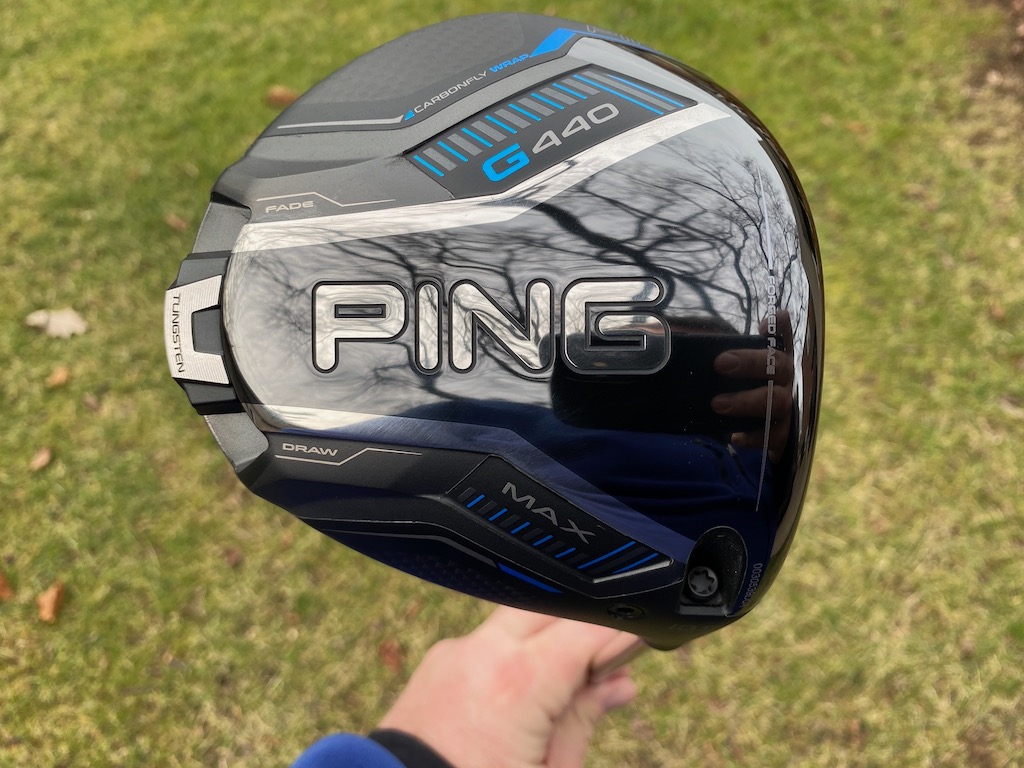
Ping’s pitch: “The most forgiving G440 model, MAX has a hotter face to generate speed and distance, and a lighter overall system weight with a longer shaft (46″) for faster clubhead speed, higher launch and longer carries. The Free Hosel and Carbonfly Wrap crown save weight to create our lowest CG ever and increase forgiveness while contributing to a more muted, pleasing sound.”
You can read what other golfers are saying about the driver in the GolfWRX forums, and see our launch piece here. Shop the Ping G440 Max here.
3. Ping G440 LST: 9.53%

Ping’s pitch: “LST is an especially good fit for faster swings, offering less spin and more control with a penetrating trajectory. A hotter face, lighter overall system weight and longer shaft (46″) deliver more speed and distance while maintaining tight dispersion.”
@phizzy30: “Not a fan of Ping drivers in general, but 440 LST takes the cake. It’s super forgiving across the face for a low spin head, looks and sounds good and the ability to make it play neutral or slightly fade biased through the hosel settings is very appealing.”
You can read what other golfers are saying about the driver in the GolfWRX forums, and see our launch piece here. Shop the Ping G440 LST here.
2. Titleist GT3: 16.55%
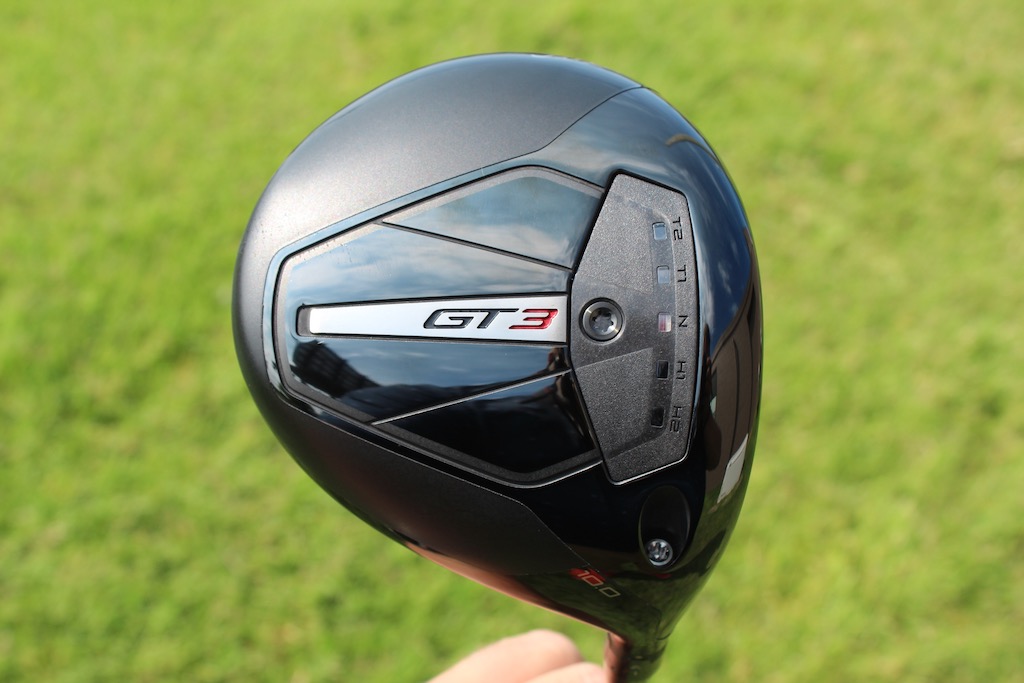
Titleist’s pitch: “The GT3 Driver offers Titleist’s boldest combination of power and personalization through adjustable performance. Dial in the CG Track to your frequent contact location to make your biggest drives even bigger while taking total control over flight and shaping.”
@mrmikeac: “I’ve been Anti-Titleist for years and years and years (outside of Vokey, of course). With that being said, HOLY BEGEEZUS the GT3 driver is an absolute NUCLEAR MONSTER! This thing blew my G430 10K Max out of the water in every single category. Forgiveness is the biggest thing that stands out of me, the 3 model has always been one of the less forgiving models in the past but this GT3 can take bad shot after bad shot and still end up in the fairway, I think a ton of that has to do with the adjustability, it’s actually effective. Feel and sound is perfect, that solid crack is so addicting to hear and when you hit it out the screws this thing can absolutely bomb it. Titleist, I’m sorry for doubting you. You have converted me.”
You can read what other golfers are saying about the driver in the GolfWRX forums, and see our launch piece here. Shop the Titleist GT3 here.
1. Titleist GT2: 22.91%
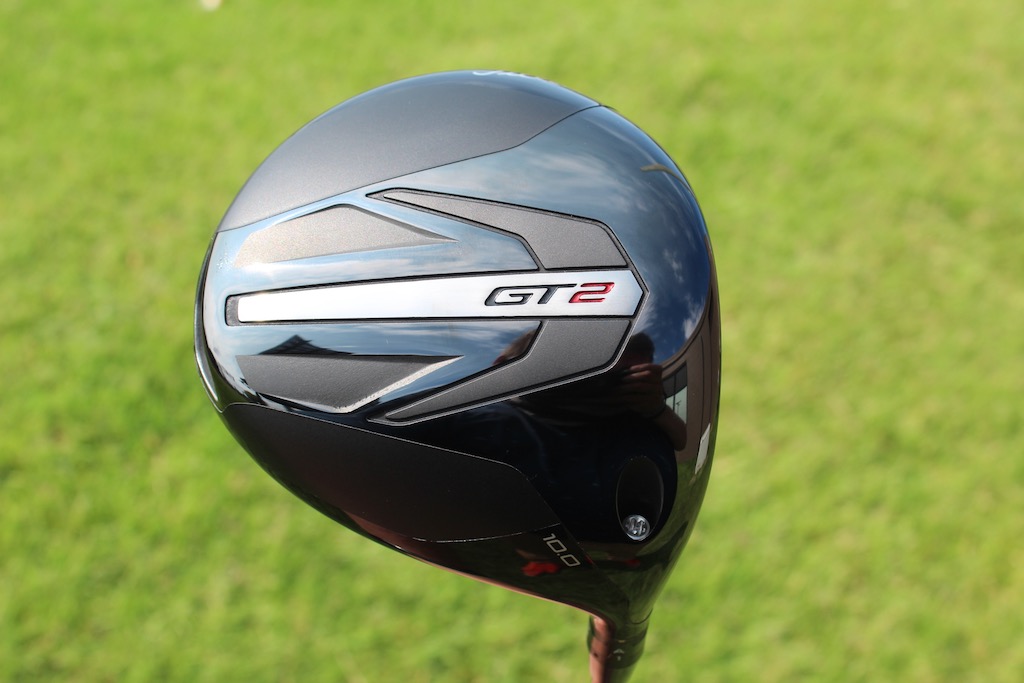
Titleist’s pitch: “Delivering impressive distance from any impact point, the Titleist GT2 Driver extracts maximum performance through a forgiving design. Get the stability and added confidence of a high-MOI driver without sacrificing speed.”
@DTorres: “The Titleist GT2 has proven to be the best driver of the year. Packaged in a classic profile, GT2 perfectly balances performance and forgiveness while consistently being a high performer across all categories.”
You can read what other golfers are saying about the driver in the GolfWRX forums, and see our launch piece here. Shop the Titleist GT2 here.
Other drivers receiving >2% of the vote
| Driver | Vote percentage (%) |
|---|---|
| Cobra DS Adapt Max K | 4.85% |
| Ping G430 Max 10K | 3.85% |
| Callaway Elyte Triple Diamond | 3.68% |
| TaylorMade Qi35 | 3.51% |
| Callaway Elyte | 3.18% |
| Cobra DS Adapt X | 2.34% |
| Cobra DS Adapt LS | 2.17% |
| TaylorMade Qi35 LS | 2.17% |
View this post on Instagram


























Alfredo Smith
Apr 9, 2019 at 5:02 pm
I had this shaft installed and it ROCKS!
Dm
Mar 11, 2019 at 3:12 am
Ryan,
All you needed to do was to switch to a high-moi mallet type putter instead of the low-moi blade you’re using and could have spent the same money on a new putter
JJ
Mar 15, 2019 at 10:37 am
I have always wondered why there hasent been a putter shaft company!! I always thought to myself that a stiffer shaft would result in straighter more consistent putts!!
Bill
Mar 10, 2019 at 12:58 pm
More Snake oil, if you really have a problem with a STEAL shaft at most distances you use your putter, then just get a few putting lessons. This is just MORE overkill and marketing. Don’t waste your money!
Ed
Mar 10, 2019 at 1:20 pm
Bill, I couldn’t disagree with you more. I have the shaft installed and it is terrific. It’s not snake oil. For you just blindly say that it’s snake oil without ever trying it makes little sense. Also, will you please explain to me the difference between the Stability Shaft, a Steel Shaft, and a “Steal” Shaft? It sounds like you’re someone who uses a “Steal” shaft by the looks of your post. Looks like rather than suggesting people should take a putting lesson, you yourself may want to think about taking a spelling and grammatical lesson. Respectfully speaking of course.
Mad-Mex
Mar 10, 2019 at 8:20 pm
Dude, seriously? Maybe you should take your own advise. Your sentence structure is horrible! That was his opinion on a product. Stop trying to sound pompous and arrogant!
Don Prudhomme
Mar 10, 2019 at 8:40 am
Snake Oil
Swirly
Mar 9, 2019 at 9:54 am
If you’re too broke to afford it, then it’s not for you. Fortunately, I’m not broke, and I love it.
Eli69
Mar 9, 2019 at 9:31 am
The Odyssey Stroke Lab shaft is the putter shaft everyone should try. You will putt better.
8thehardway
Mar 9, 2019 at 8:55 am
I’m not sure how this works (ie, why does alignment become easier) and weight specs (of the new shaft and your putter head & previous shaft, feel and impact on your stroke stroke are missing. I have two identical putters whose heads weigh 450g and 350g; is one head weight more likely to benefit than the other? I can’t send my putters off and cross my fingers.
Dm
Mar 11, 2019 at 3:09 am
Exactly
Dave
Mar 9, 2019 at 8:11 am
I think I’ll take my $200 and take 4 putting lessons from our pro.
Dm
Mar 11, 2019 at 3:07 am
Why waste your money on lessons? There are plenty of videos out there and you can use all the tools in your house without spending any money, just do what the videos tell you and spend 4 hours practicing every week instead of giving those hours to a Pro
vince
Mar 9, 2019 at 6:21 am
I tried one and I was hitting it so much straighter….my putts were just shaving the hole but now I’m lipping out.
JP
Mar 9, 2019 at 8:05 am
It’s not the shaft.
.
Are you trying to say you CAN’T hit a straight putt with a standard steel putter shaft? If that’s the case, you lack any and all skills on the greens.
BS
Mar 10, 2019 at 12:16 pm
Very funny.
Steve Cantwell
Mar 8, 2019 at 11:31 pm
“ how this shaft works “. … I will simplify it for everyone. You open your wallet, pull out your credit card, and one week later you make a putt that you may, or may not have made with any other putter. You exclaim to your golf buddies, “so worth it! “. The following month you look at your credit card statement and think “why did I spend $199 on a putter shaft ?”
Mad-Mex
Mar 8, 2019 at 9:33 pm
With all due respect Mr. Barath, seems you used your marketing experience to the max in this article. Your tried to validate this with numbers which are not explained nor can be read (I have a 27″ monitor)
One interesting item was not included in this infomercial, THE PRICE $199 for a PUTTER shaft?
Jeff
Mar 8, 2019 at 9:10 pm
Ryan,
Thanks for the review. I have cut my handicap by 2 strokes already and I attribute it to this shaft. It was worth a try, for me.. I will be gaming this for the year.
Mad-Mex
Mar 8, 2019 at 10:02 pm
*LMAO!!!!* This is some funny stuff !!!!!
Johnny Penso
Mar 8, 2019 at 11:43 pm
April first is still a few weeks away.
Emilio
Mar 8, 2019 at 5:15 pm
Actually, I’d probably use one if I were trying to hit putts 200 yards.
Tom
Mar 8, 2019 at 2:10 pm
Too Funny!!!!
JP
Mar 8, 2019 at 2:15 pm
Har har har